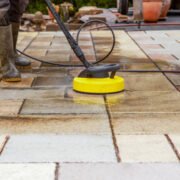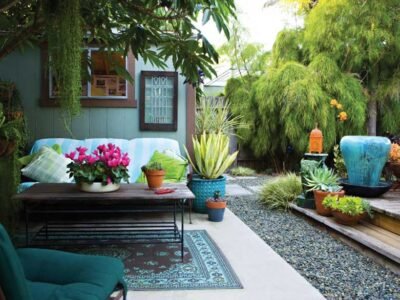Energy costs are going up, so to keep your expenses low, you might need to invest in a few upgrades to your home. By monitoring the way you live, smart technology can help you make better decisions for your home, all but eliminating waste and ensuring efficient and cost-effective energy use. Without further ado, here are a few energy-efficient smart home devices that are certainly worth the investment.
Smart Thermostats
Smart thermostats are perhaps the most well-known smart home gadgets as they tend to provide the greatest boost to energy efficiency within the home. Like traditional programmable thermostats, you can set your smart thermostat to run on a schedule, keeping your energy costs low while you are away from home. However, smart thermostats also have the capacity to recognize changes to your schedule or identify issues with your HVAC system that might require maintenance. Additionally, you can connect to your thermostat and make changes to interior temperatures while you are away from home. All of this adds up to incredible efficiency with one of the most energy-hungry systems in your home.
Smart Ceiling Fans
Ceiling fans in general are more efficient than HVAC systems at producing minor changes to temperature; a single ceiling fan that operates for pennies every month can reduce the perceived temperature in a room by up to 4 degrees Fahrenheit, which would cost an air conditioner tens if not hundreds of dollars over the same period of operation. Adding smart capability to a ceiling fan ensures even greater energy efficiency, as it means that you can schedule the timing and intensity of a fan for when you are home and able to benefit from the air circulation. Smart ceiling fans are valuable upgrades to your home if you are interested in maximizing your energy efficiency.
Smart Blinds
When sunlight shines through windows, it causes a home to heat up. Therefore, during the summer months, you want to cover windows experiencing direct light to prevent them from introducing unnecessary heat and causing you to use more energy to keep your home cool. Smart blinds can help. Though other light-blocking window coverings can be effective at thwarting sunlight and heat, smart blinds can automatically close and open during specific times of day, when sunlight is brightest. Some advanced models will detect the light streaming through windows, while others require you to program them to a schedule.
Smart Light Bulbs
Traditional incandescent light bulbs use 90 percent of the energy they consume to emit heat, not light. Thus, the old-fashioned light bulbs you have around your home are wasting energy in two ways: first by failing to illuminate your space efficiently and second by causing your HVAC system to work harder to keep your home cool. While you could solve this problem simply by replacing old incandescents with LEDs, you might consider going a step further and installing smart light bulbs. These special LEDs connect to your home’s smart system, allowing you to control the light temperature, brightness and illumination schedule, radically reducing their energy consumption and improving the quality of light in your home.
Smart Outlets and Plugs
Not every electronic in your home can have smart capabilities — unless you connect them to your smart network through smart outlets and plugs. Smart outlets replace the outlets currently in your home’s walls. Some will track the amount of energy used by whatever is plugged into them; others simply allow you to turn them on and off, to prevent wasteful energy use. Replacing your outlets is a high-value, permanent upgrade to your home, but if you are a renter or have a lower budget, you can use smart plugs to achieve a similar effect.
Smart Sprinkler Systems
Nearly one-third of all residential water use is devoted to landscaping, but many homeowners unknowingly overwater their outdoor plants, contributing to reduced efficiency and waste. You might install a smart sprinkler system in your lawn and garden, so you can maintain tighter control over the water used to keep your landscape green. Smart sprinklers run on a schedule, like other irrigation systems, but they will measure the water they use and alert you to signs of leaks or broken components. Additionally, you can adjust your smart sprinklers easily when outdoor temperatures rise and fall to keep your plants lush and healthy regardless of the climate.
By investing in tools that give you more visibility over the energy used in your home, you can keep your costs low and reduce your household waste.












